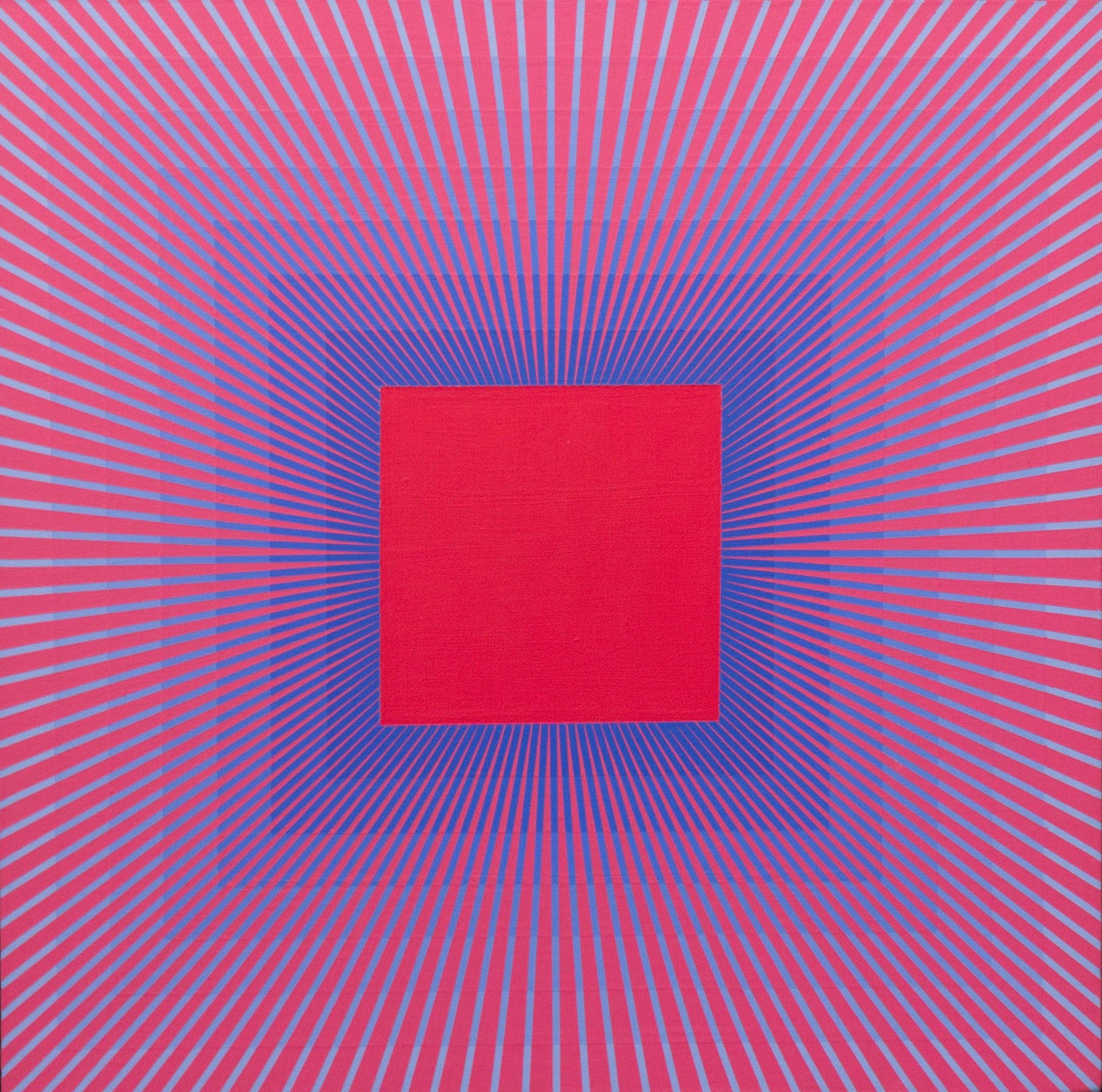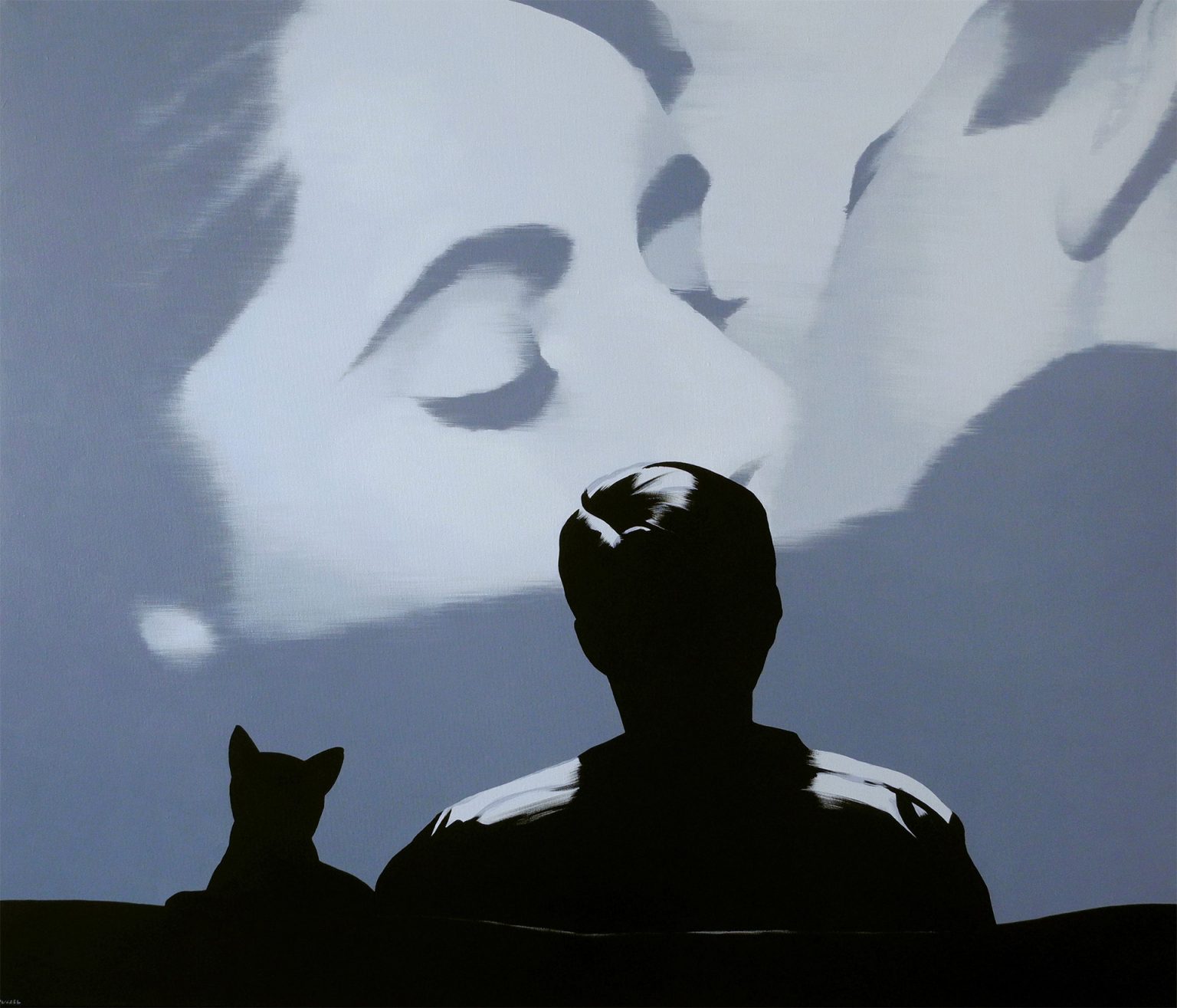

If you had several of the same object you would do this incrementally as they get further away. This is pretty easy to implement in your drawings. Placement (horizon) – fore, middle, backgroundīy making objects smaller as they get further away we can show space in art.There are many different techniques to do this. Now let’s move onto how we create the illusion of depth in art. I’m sure you’ve seen many more of these types of illusions as well where the image changes with your area of focus. Positive and negative space can also be used to create an optical illusion, as demonstrated in Rubin’s Vase.ĭepending on where you focus, you can see either two faces or a vase. This also includes the area between the arm and body. And the area around the person would be the negative space. Whereas negative space is the area around, between, and within an object.įor example, if you drew a person with their hand on their hip, the person would be the positive space. Positive space is the term used when referring to an object itself. The use of positive and negative space in art is much simpler to explain, so let’s begin there.

These concepts can be applied to both two dimensional and three dimensional works. You can use it to show depth and it can be used to define an area as positive or negative. Illustrating a sense of depth on a flat surface, or defining positive and negative areas.Īs you can see there are basically two different ways to use space in art. Let’s look at the dictionary definition of space. It’s even possible to use all the different ways to show space in one piece of art. You can use just one of these techniques. There are several different ways to illustrate space when creating a work of art or drawing. Today you are going to learn all about the element of art space, and how it’s used in art. Sculptors, painters, and photographers all display space in their works. Space is one of the seven elements of art and is used in nearly every piece of work made.


 0 kommentar(er)
0 kommentar(er)
